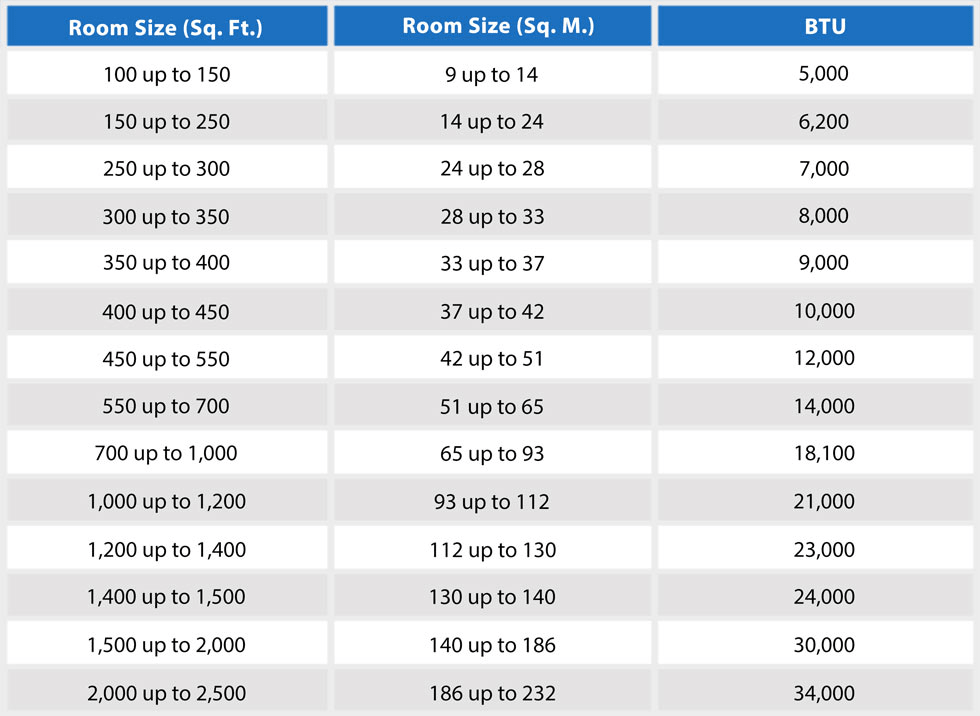So you’ve got a spacious 3000 square feet area and you’re wondering what size of AC unit would be just right for it? Well, fret not, because we’ve got you covered! In this article, we’ll guide you through the process of determining the perfect size of an AC unit for your 3000 square foot space. We’ll take into account factors such as insulation, climate, and ventilation to help you make an informed decision. By the end, you’ll have all the necessary knowledge to keep your space cool and comfortable.
Factors to Consider for Determining AC Unit Size
When it comes to determining the right size of AC unit for your 3000-square-foot space, several factors should be taken into consideration. By carefully evaluating these factors, you can ensure that your AC unit is properly sized to meet your cooling needs effectively and efficiently. Let’s explore the key factors that need to be considered.
Calculating square footage
The first step in determining the AC unit size is to calculate the square footage of your space. Measure the length and width of each room and then multiply these values to get the square footage. Add up the square footage of all the rooms to get the total square footage of your space. Knowing the total square footage is crucial in determining the cooling capacity required to effectively cool your 3000-square-foot area.
Insulation and energy efficiency
The level of insulation in your home plays a significant role in determining the size of the AC unit you need. Good insulation reduces heat transfer, helping your AC system work more efficiently. Evaluate the insulation in your walls, ceilings, and windows. Additionally, consider energy-efficient features such as double-pane windows and proper sealing of air leaks. Higher insulation and energy efficiency levels may allow for a smaller AC unit size.
Ceiling height
The height of your ceiling can impact the cooling requirements of your space. Higher ceilings mean more air volume that needs to be cooled. Standard ceiling heights are usually around 8 to 10 feet. However, if you have exceptionally high ceilings, you may need to consider a larger AC unit to adequately cool the increased air volume.
Number of windows and doors
The number, size, and orientation of windows and doors in your space can affect the cooling load. Windows and doors can contribute to heat gain during hot weather. Rooms with large windows or glass doors that receive direct sunlight will require more cooling capacity. Evaluating the number and characteristics of windows and doors in your space is essential to determine the appropriate AC unit size.
Climate and regional considerations
The climate in which you live greatly affects your cooling needs. Regions with high temperatures and humidity levels require more cooling capacity to maintain indoor comfort. Take into account the climate conditions in your area, including average temperatures and humidity levels. Consult local climate data and guidelines to determine the appropriate AC unit size for optimal cooling performance in your specific region.
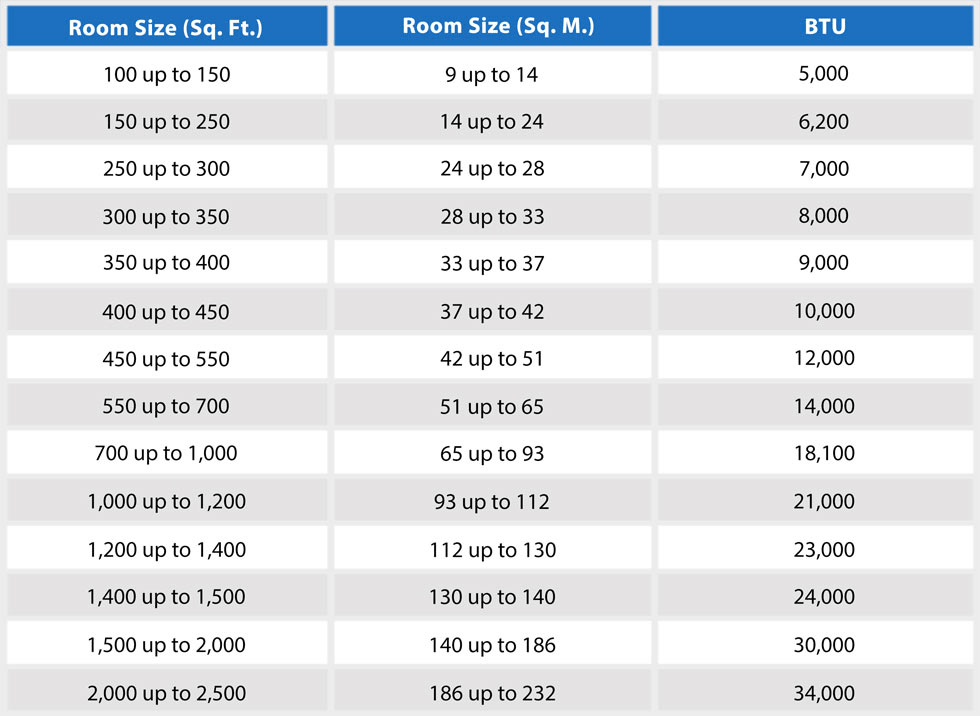
Determining the Required Cooling Capacity
Once you have considered the various factors mentioned above, it is time to determine the required cooling capacity for your 3000-square-foot space. This can be done through calculations that take into account the BTU (British Thermal Unit), heat gain, and cooling load.
BTU Calculation
BTU calculation is a commonly used method to determine the cooling capacity required for a specific space. As a general guideline, each square foot of space typically requires around 20 BTUs of cooling capacity. Therefore, for a 3000-square-foot area, the estimated cooling capacity required would be around 60,000 BTUs. However, it is important to note that this is a rough estimate, and other factors must also be considered.
Heat gain calculation
Heat gain refers to the amount of heat that enters your space from various sources such as sunlight, appliances, and occupants. To calculate heat gain, consider factors such as the number of occupants, appliances, and lighting fixtures in each room. Additionally, assess the insulation and energy efficiency of your space, as these factors can impact the heat gain. By accurately estimating the heat gain, you can determine the additional cooling capacity needed to offset the heat load.
Cooling load calculation
Cooling load calculation takes into account the BTU calculation and heat gain to determine the exact cooling capacity required for your space. This calculation considers factors such as the orientation of your space, climatic conditions, insulation levels, and the number of occupants. It provides a more precise estimate of the cooling capacity needed to maintain a comfortable indoor environment.
Choosing the right AC unit size
Once you have determined the required cooling capacity for your 3000-square-foot space, it is crucial to choose an AC unit of the appropriate size. AC units are available in various sizes, and selecting the right one ensures optimal cooling performance and energy efficiency. Consult with HVAC professionals or use sizing calculators provided by reputable manufacturers to guide you in selecting the perfect AC unit for your specific cooling needs.

Types of AC Units for 3000 Square Feet
Now let’s explore the different types of AC units suitable for cooling a 3000-square-foot space. Each type has its own advantages and considerations, so it is important to weigh your options based on your specific needs and preferences.
Central Air Conditioning System
A central air conditioning system is a popular choice for larger spaces, including homes with 3000 square feet of area. It consists of a central unit that cools the air and distributes it through a network of ducts to various rooms. The central system provides consistent and even cooling throughout the entire space. It requires professional installation and maintenance but offers efficient cooling for the entire home.
Ductless Mini-Split System
A ductless mini-split system is a versatile cooling option suitable for spaces without existing ductwork. These systems consist of an outdoor unit and one or more indoor units that can be mounted on the walls or ceilings of individual rooms. Ductless mini-split systems provide independent temperature control for each room, allowing for personalized comfort. They are energy-efficient and offer easy installation, making them a viable option for cooling a 3000-square-foot space.
Portable Air Conditioners
Portable air conditioners offer a convenient cooling solution for specific areas within a 3000-square-foot space. These units come with casters and can be moved from room to room as needed. Portable AC units require a window or vent for proper exhaust, and they are best suited for smaller sections of the space rather than the entire area. They provide localized cooling and offer flexibility in terms of usage and installation.
Window Air Conditioning Units
Window air conditioning units are another option for cooling individual rooms within a 3000-square-foot space. These units are installed in windows and provide direct cooling to the immediate area. Window AC units are relatively affordable and readily available. However, they may obstruct the view from the window and are not suitable for spaces without accessible windows. They are best suited for cooling single rooms or small areas within the overall space.
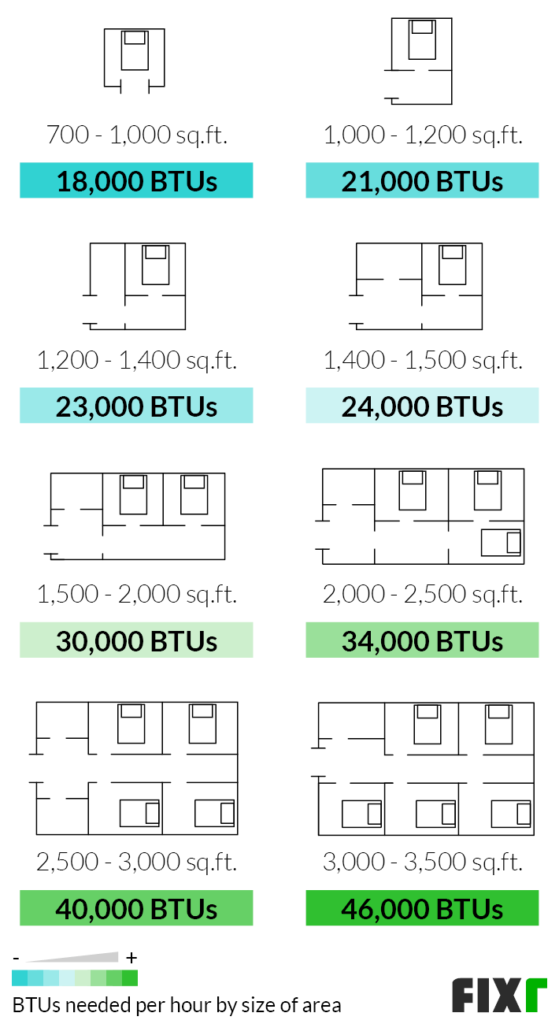
Maintenance and Energy Efficiency
Regardless of the type of AC unit you choose, proper maintenance and energy efficiency are crucial aspects to consider. By following a few key practices, you can ensure that your AC unit performs optimally, lasts longer, and provides energy-efficient cooling.
Regular maintenance and cleaning
Regular maintenance and cleaning of your AC unit are essential for its longevity and efficiency. Clean or replace the air filters regularly to maintain good indoor air quality and prevent clogging of the system. Clear any debris or obstructions around the outdoor unit to facilitate proper airflow. Schedule professional maintenance checks to ensure all components are functioning correctly. By keeping your AC unit clean and well-maintained, you can enhance its performance and energy efficiency.
Energy efficiency ratings
When selecting an AC unit, pay attention to its energy efficiency rating. Energy-efficient units are designed to consume less energy while still delivering effective cooling. Look for units with high Seasonal Energy Efficiency Ratio (SEER) ratings, which indicate their energy efficiency. These units may have a higher upfront cost but can save you money in the long run through reduced energy consumption and lower utility bills.
Technology advancements
Advancements in technology have led to the development of more energy-efficient AC units. Look for features such as variable speed motors, which allow the unit to adjust its speed based on cooling demands, thereby reducing energy consumption. Some AC units also come with smart features like programmable timers and sensors that optimize cooling based on occupancy or temperature changes. Exploring the latest technological advancements can help you select a more energy-efficient AC unit for your 3000-square-foot space.
Smart thermostats
Installing a smart thermostat can significantly contribute to energy efficiency and overall comfort. Smart thermostats allow you to control and program your AC unit remotely through your smartphone or other smart devices. You can set schedules, adjust temperature settings, and monitor energy consumption from anywhere, ensuring that your AC unit operates efficiently and minimizes wasteful cooling.
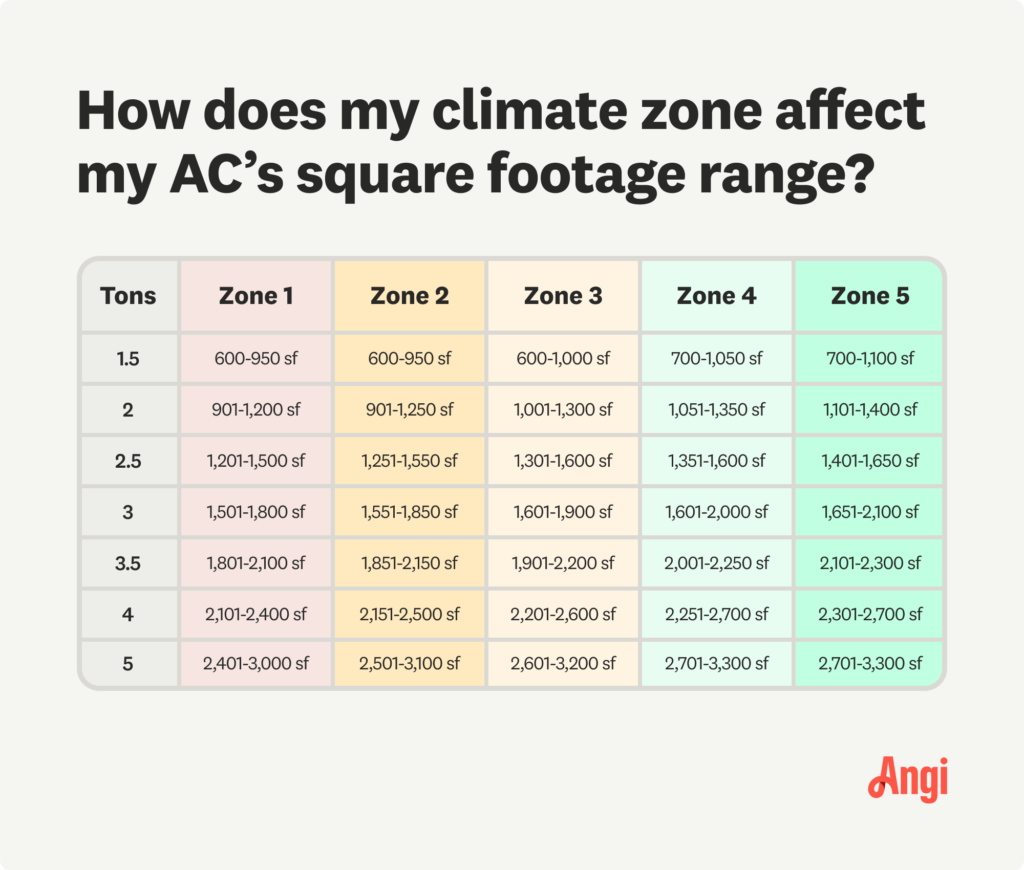
Cost Considerations and Installation
When considering the cost of an AC unit for your 3000-square-foot space, several factors should be taken into account. Additionally, understanding the installation process and considering professional installation versus DIY can ensure a smooth and successful cooling system setup.
AC unit cost
The cost of an AC unit can vary depending on factors such as brand, size, type, and energy efficiency rating. Central air conditioning systems tend to have higher upfront costs due to their complexity and installation requirements. Ductless mini-split systems and portable air conditioners often have more affordable pricing options. Research various models and brands to find the one that best fits both your cooling needs and budget.
Installation considerations
Proper installation is crucial for the efficient and effective operation of your AC unit. Consider your existing HVAC setup, ductwork, and electrical requirements when choosing an AC unit. Ensure that your space is adequately prepared for the installation, including any necessary modifications or upgrades. Consulting with HVAC professionals can provide valuable guidance in selecting the most suitable AC unit and coordinating the installation process.
Professional installation vs. DIY
While some individuals may opt for a DIY installation to save money, professional installation is often recommended. HVAC professionals have the expertise to correctly assess your space, recommend the appropriate AC unit size, and efficiently install the system. Professional installation ensures that your AC unit operates optimally, avoids potential issues, and maintains the manufacturer’s warranty. It also provides peace of mind, knowing that the installation has been carried out by trained professionals.
Financial incentives and rebates
It’s worth exploring any available financial incentives and rebates when purchasing an AC unit. Some utility companies, government organizations, or manufacturers offer incentives for purchasing energy-efficient units or installing certain types of AC systems. These incentives can help offset the upfront cost and provide long-term savings through reduced energy consumption. Research local programs and incentives that may apply in your area.
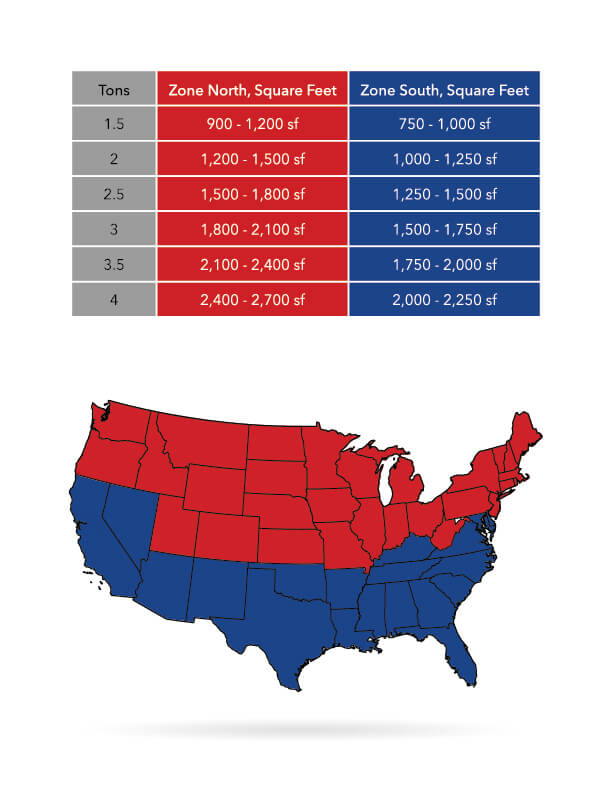
Conclusion
Properly sizing an AC unit for your 3000-square-foot space is essential for achieving optimal cooling performance and energy efficiency. By considering factors such as square footage, insulation, ceiling height, windows and doors, climate, and regional considerations, you can determine the appropriate cooling capacity required. Additionally, exploring different types of AC units, maintaining energy efficiency, and considering installation considerations and costs can further guide your decision. Seeking professional guidance from HVAC experts can help ensure that you select the right AC unit to meet your cooling needs effectively and comfortably. Stay cool!

